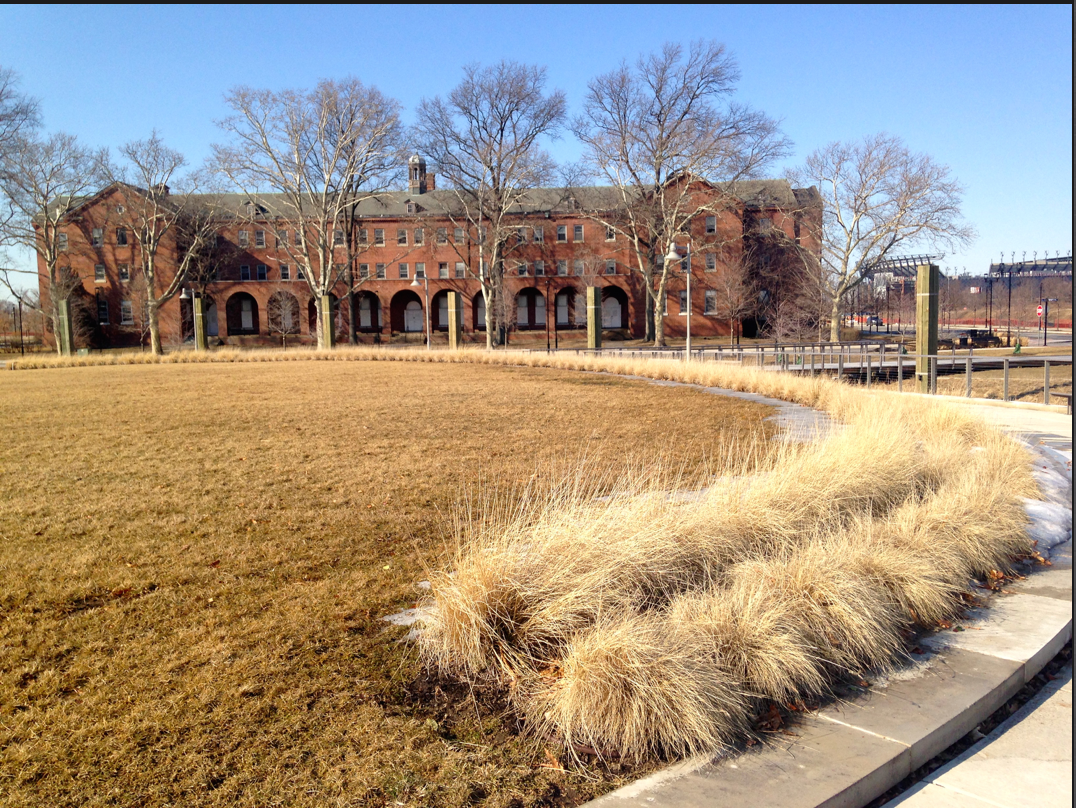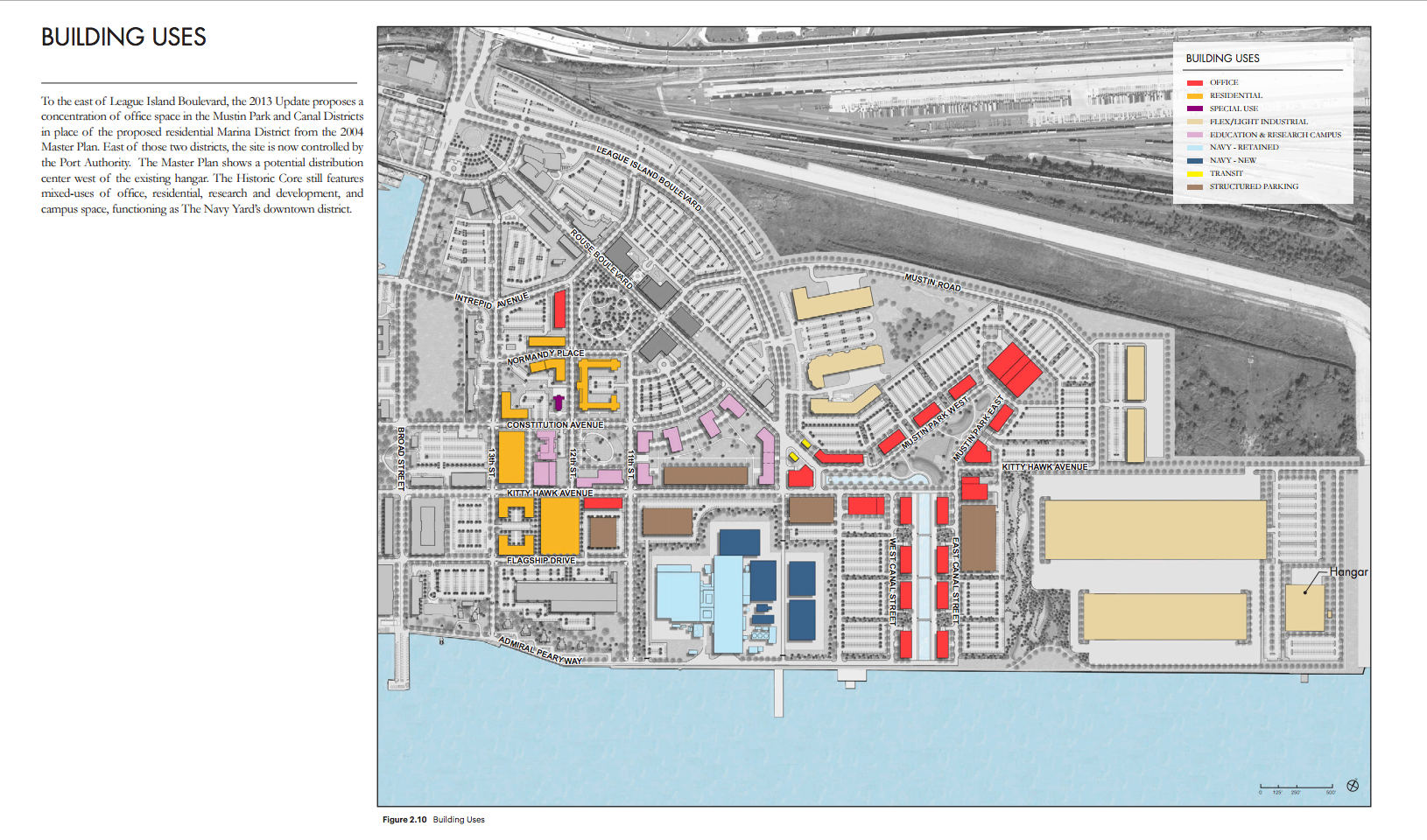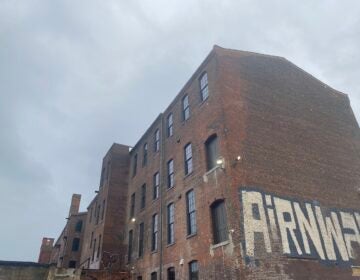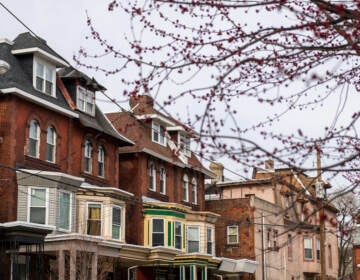Negotiations could finally unlock housing development at the Navy Yard

As Jim Saksa wrote last month in his update on efforts to extend the Broad Street Line south, the Navy Yard is growing at an astonishing clip.
With 11,500 daily workers, and projections of 1,000 more per year, less space-intensive transportation options are needed if the military base-turned-office park is to keep growing at the current rate.
As William Agate, PIDC’s Senior Vice President of Navy Yard Management and Development, put it, there’s a “race against time” to put the rapid transportation infrastructure in place in time to avoid choking off the growth.
But there’s also another option that could forstall the looming congestion problems: letting more workers live nearby.
One thing keeping traffic congestion in check in Philadelphia’s more centrally-located employment centers, after all, is that many people who work in the core live nearby and can walk or bike relatively short distances to the office.
Not so in the Navy Yard. While the Navy left three divisions of officers on site, many of whom live on the premises, every civilian office worker has to leave at the end of the day.
“The agreement between the Navy and the city of Philadelphia actually precludes doing residential development at the Navy Yard,” Agate explained, “so the existing deed does not allow PIDC to go forward with residential development” despite the 2013 Master Plan’s vision of 1,500 residential units over the next few years.
That deed restriction seems not long for this world. Agate says the Navy is now much more comfortable with what it’s like to live in the Navy Yard in the post-military base era, and they’re coming around to the view that there may be benefits to the Navy of having residential nearby.
“There is a large transaction that PIDC is working on with the Navy to update the properties that were conveyed to the city and actually give a few of those properties back to the Navy in exchange for some properties that we know they don’t need any longer,” he said, “and this residential restriction is being lifted from the deed in certain areas of the Navy Yard.”
PIDC hopes to get the process started this summer with a Request for Proposals. They expect the process will be similar to the one they managed that led to the selection of Liberty Property Trust as the commercial developer for the Navy Yard.
In starting from scratch on civilian housing, PIDC wants to be careful about getting the right kind of housing product. At the outset, they’re envisioning mixed-use housing targeted to the younger population of people in their 20’s and 30’s who work at the URBN campus, GlaxoSmithKline, and other companies.
“As opposed to the 2004 plan, that tried to really separate the residential from the rest of the activity, we believe that the opportunity in this marketplace is to put it right smack in the middle of all the commercial activity to create critical mass around those same amenities that we want to keep developing for the business community,” Agate said.
The idea is to build off of some of the existing and forthcoming restaurants and other amenities, so that when the business community leaves the site at the end of the work day, “the residential community is there to create demand at non-business hours, and to create a much more vital town-center, if you will.”
Her are the areas, highlighted in orange, they’re currently thinking make sense for residential development:

The question now is, do the people PIDC has in mind for residency want to live there? In my conversations with some Navy Yard workers over the past couple weeks, the response was mixed.
“Honestly, I’ve been waiting for them to put up housing because I would love to live down here,” said one 25-year-old woman who works for Anthropologie.
My colleagues and I like to go over to Lo Spiedo, which is a lot of fun,” she said, “They do yoga at Crescent Park, so I’ll do that sometimes. I go for runs and have picnics over by the water. It’s nice down here. I love it.”
Others weren’t quite as enthusiastic about living near work, and the idea of worrying about feeling cut off from activities in Center City came up repeatedly.
For others, it all depends on what amenities are available. One 33-year-old resident of West Powelton who works at GlaxoSmithKline said he would want a grocery store and some more restaurants within walking distance. Others told me it would depend on if the housing styles were interesting and fit their tastes.
“I would like to live in some of the older buildings I’ve seen down here, but I don’t know about a new building,” said one young woman at Urban Outfitters on business, who’s considering moving to Philly from New York, “Philly has so much history and character. I don’t know why anyone would want to live in a new building here.”
WHYY is your source for fact-based, in-depth journalism and information. As a nonprofit organization, we rely on financial support from readers like you. Please give today.






